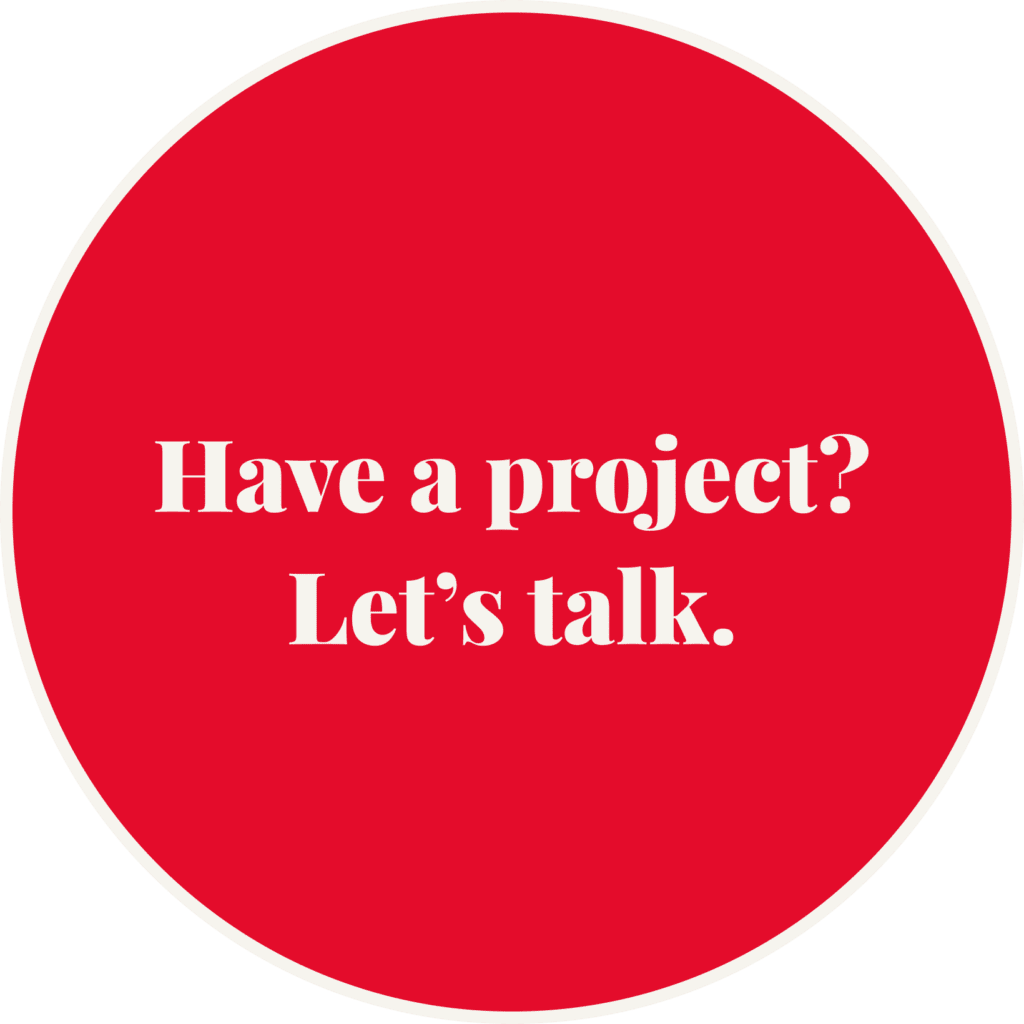
Public relations (PR) is the practice of managing information flow between an organization and the public through communication channels. Today, social media is one of the ways this communication flow happens. But PR professionals have been communicating long before Twitter, LinkedIn and other social media platforms were on the scene.
For example, before social media, PR professionals were:
Telling stories: Storytelling means taking the company’s information and creating messaging around it so that media would cover the news. This is still happening today even on social media.
Relationship building: Building relationships with media has always been something at which PR professionals excelled. Now, they are also developing relationships with online media, influencers, and even directly with consumers.
Crisis management: It used to be easier to manage crisis communications efforts because there were only a few networks, and those networks had clearly defined news cycles. Now we have a 24/7 news cycle, multiple news-only stations in addition to online news outlets, and instant access with smart devices. In today’s world, crisis management is much more complex.
So, where do the traditional public relations tactics stand today? You might be surprised to find that the “old-fashioned” way of doing things continues to generate results.
The Press/News Release: While it looked liked the “smart” release would take over the world at one point, and then it looked like the news releases were on their way out the door, we are currently in the “a news release is necessary” mode. Why? Because, believe it or not, many of the media still want something in writing, and the trusty news release is a convenient way to give it to them. But let’s make one thing clear: although news releases are extremely functional, they must still reflect your brand. That means writing in a compelling way that authentically weaves your story throughout the news release. By doing that, you have increased the chances that your news release will become “earned media,” which is 80 percent more effective than branded content in influencing consumers who are considering a purchase. It also gives your social media posts something to link back to and drive traffic to your website.
Media Outlets: Who do you want to reach with this information? Figure out which journalists, reporters, bloggers, producers, freelance writers, and editors across all communication channels can give you access to the audience you want to reach. That is your media list.
While there are many services that you can pay to provide you with ways to create a media list, there is more to the process.
You need to know what your reporters are covering and how they like to receive information. This will help you develop your brand’s relationship with the media. Taking the time to hone your media list and your pitches will pay off in the end.
Clip Counting: So, here’s the thing, traditional clip counting is most certainly a thing of the past – or if it isn’t in your organization, it should be. Just because you have 10 clips doesn’t necessarily mean anything. Were these articles in the right publications? Did they carry your messaging? What was the tonality of these messages? Today, it’s more about quality than quantity. It’s about messaging, influence, and sentiment. Our advice: Focus on clip curating instead of counting.
Regardless of what public relations tactics you use, don’t underestimate the power of using strategic PR to enhance and grow your communications outreach efforts.


